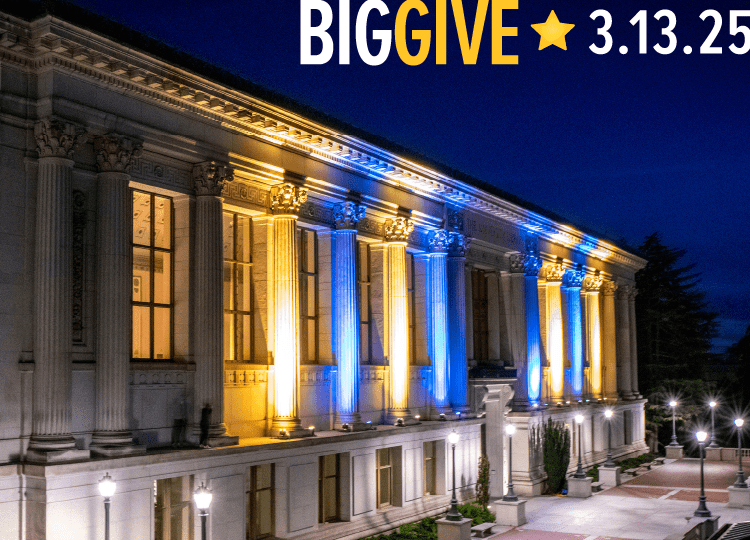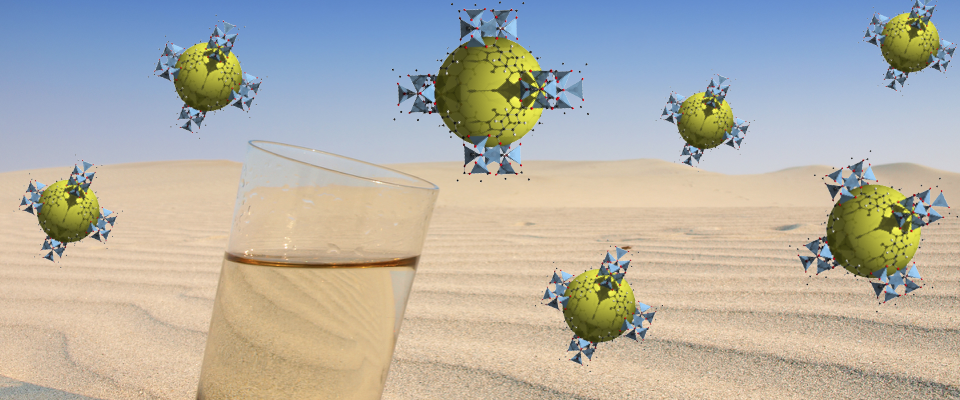Metal–organic frameworks (MOFs) are a revolutionary new class of crystalline solids that can be designed to trap myriad kinds of matter, including greenhouse gases, or to be used as nanosized drug carriers. They can also pull water from desert air.
A chief characteristic of MOFs, which some have been called “miracle materials,” is how much empty space they comprise. Often described in the scientific literature as “ultra highly porous,” the sponge-like nano-structures have the greatest internal surface area of any known material. Unfolded and spread flat, a single gram of MOF could cover a football field.

MOFs, as well as other novel chemical structures, including covalent organic frameworks (COFs) and zeolitic imidazolate frameworks (ZIFs), have sprung from a field called reticular chemistry—a name coined by its pioneer, Berkeley chemist Omar Yaghi, who has appointments at both Cal and Lawrence Berkeley National Laboratory.
Professor Yaghi and his Berkeley team made headlines recently for creating an MOF that can harvest water from extremely dry air. The MOFs trap water molecules overnight and release them the next morning as water vapor, which is then condensed as the drinkable stuff. Each pound of MOF powder collects about 1.3 liters of water every 12 hours. Better still, the system can operate on solar energy alone and the MOFs are reusable. The process can repeat night after night.
According to Yaghi, the technology is also eminently scalable. “You can use a kilogram [of MOF] or a hundred kilograms if you have a village to water. You can use a thousand kilograms! That would be sitting out there … harvesting water.”
Yaghi and his team conceived of the water-harvesting MOF in 2014, when they combined zirconium metal and adipic acid in a structure that bonded to H2O. They then joined forces with engineers at MIT who designed the harvester apparatus.
Currently, Yaghi and his team are working with companies to commercialize the technology and are eager to get it to people in regions where water is an increasingly scarce and embattled resource.

Yaghi pioneered reticular chemistry 20 years ago when he started combining metals with organic molecules in an attempt to better store gasses and liquids. Scientists had tried to synthesize similar chemical structures for decades, Yaghi explained, but they had almost always collapsed. He and his team at Arizona State University succeeded by creating larger clusters that were architecturally robust.
Since then the field has grown exponentially. At present, there are some 20,000 different kinds of MOFs and counting, and their uses seem innumerable.
“We created chemical structures that have never been made before in numbers and diversity that have never been seen by any class of materials,” Yaghi says. “And now they are fanning out into different applications in energy and environment.”
Carbon capture is a prime example. MOFs can be used to mine CO2 from gasses inside coal-fired power plants before they reach the atmosphere, helping to slow global warming. They can also be used to deliver pesticides more safely and effectively. And medical researchers are using MOFs, which are biodegradable, to carry chemotherapy drugs directly to cancer cells.

Video courtesy of Roxanne Makasdjian and Stephen McNally // Gif by Kitty Stryker
The next step for MOFs, Yaghi told Berkeley News last year, is to make them more prevalent and to inform people about their potential. “[There] are tremendous problems that are being investigated using MOFs worldwide,” Yaghi said. “What remains is really the widescale deployment of these to actually serve society.”
Yaghi’s work has garnered numerous awards, including the Wolf Prize in Chemistry (2018), the Albert Einstein World Award of Science (2017), and the King Faisal International Prize (2015). He’s also in the conversation for a Nobel.
It’s all a far cry from his early ambitions.
“When I first started in the [field of chemistry],” Yaghi said, “I didn’t go in it to solve society’s problems. I wanted to be left alone, actually.”
Krissy Eliot was a little disappointed that the Metal–Organic Framework wasn’t a music festival.






















